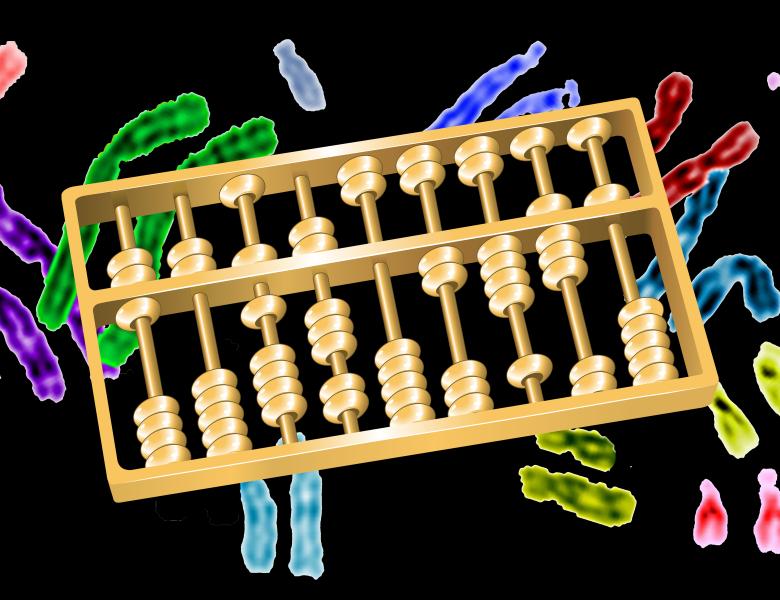
Abstract
In this work we shift the focus of two common biological network problems: the global network alignment problem and the problem of differential analysis. We do so by moving away from identifying local structural similarities or differences, and instead embed the networks into a continuous metric space based on function. We introduce a new solution, CANDL — Coarsely Aligning Networks with Diffusion and Landmarks. Unlike previous methods that seek to conserve local motifs, this technique focuses instead on finding coherent, functionally related groups of genes across species. In the second part of the talk, we show that by using this functional embedding allows for comparison across networks concerned with differences not just similarities.


